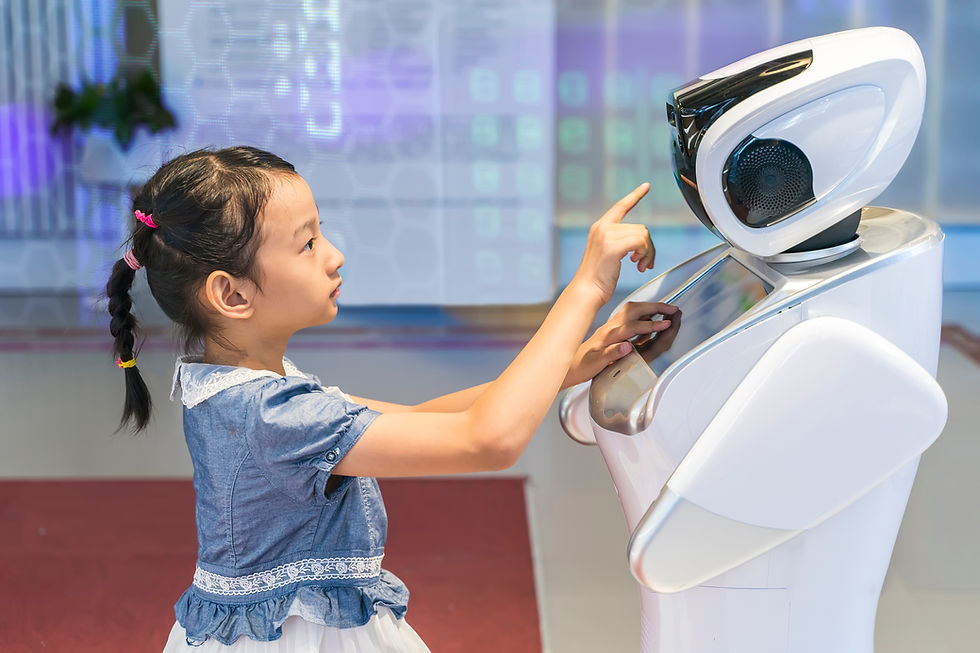Human Factors Considerations for Quantifiable Human States in Physical Human–Robot Interaction
- DHV-NET

- Aug 28, 2023
- 1 min read
The successful integration of robots as domestic service providers in our lives requires them to possess efficient manipulation capabilities, provide effective physical assistance, and have adaptive control frameworks that enable them to develop social understanding during human–robot interaction. In this context, human factors, especially quantifiable ones, represent a necessary component. The objective of this paper is to conduct an unbiased review encompassing the studies on human factors studied in research involving physical interactions and strong manipulation capabilities. We identified the prevalent human factors in physical human–robot interaction (pHRI), noted the factors typically addressed together, and determined the frequently utilized assessment approaches. Additionally, we gathered and categorized proposed quantification approaches based on the measurable data for each human factor.


